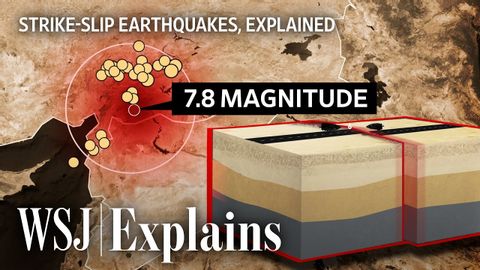トルコ・シリア大地震の科学的背景とは?
林宜悉 が 2023 年 02 月 21 日 に投稿  この条件に一致する単語はありません
この条件に一致する単語はありませんUS /ˈvʌlnərəbəl/
・
UK /ˈvʌlnərəbl/
- adj.攻撃されやすい;弱い : 脆弱な;傷つきやすい;説得されやすい;保護を必要とする : 弱い立場;批判されやすい;(ブリッジで)脆弱な
US /ˈkɑnstəntlɪ/
・
UK /ˈkɒnstəntli/
- v.t./i.出場する;計算する;思う;思う
- n.姿 : 体形;数字;人物像;図表;著名人;姿の輪郭;数字
エネルギーを使用
すべての単語を解除
発音・解説・フィルター機能を解除
